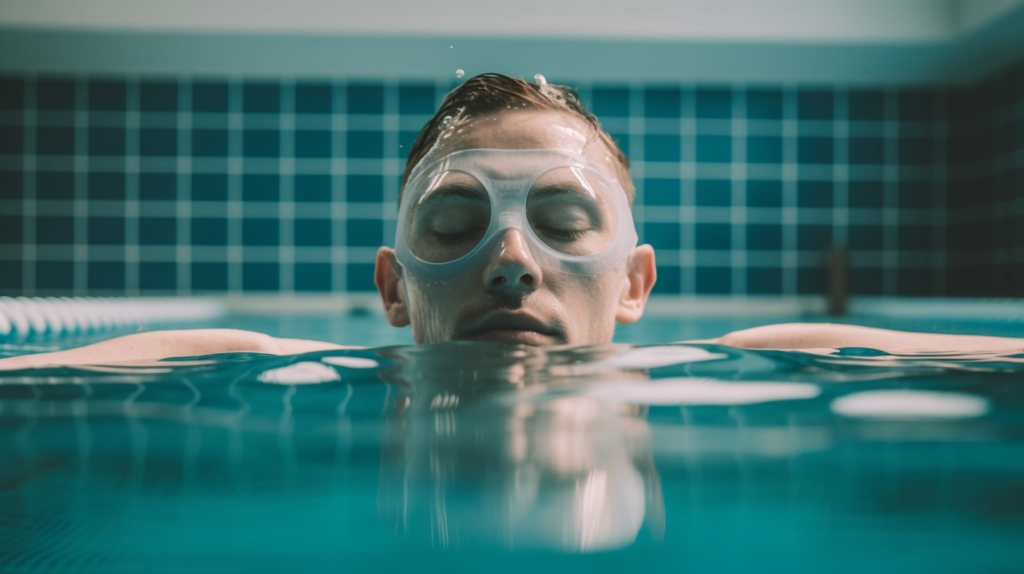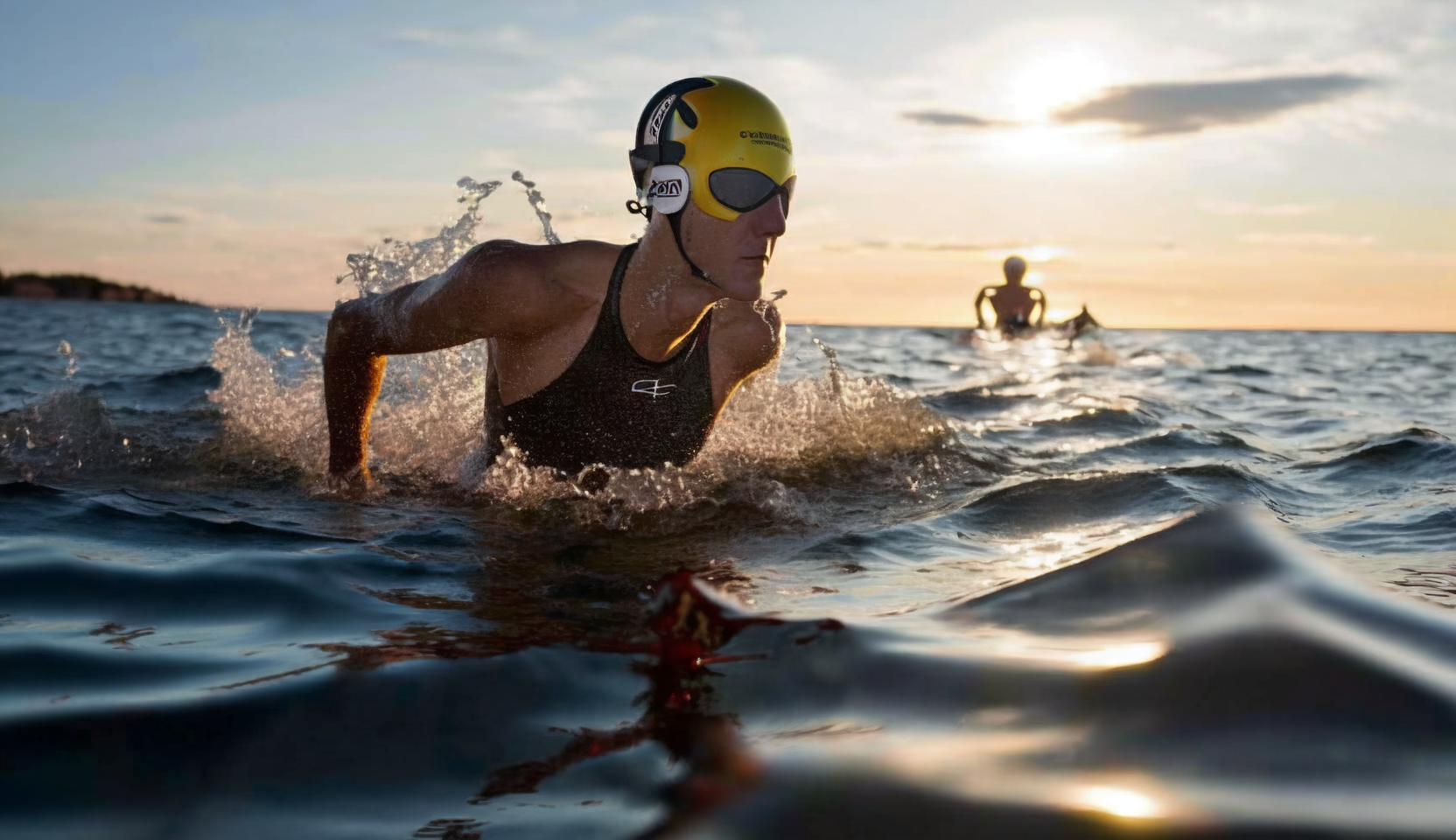Swimming is an essential part of any triathlon, and open water swimming is an exciting and challenging aspect of the sport. Unlike pool swimming, open water swimming can be unpredictable and even daunting for some triathletes. In this post, we will provide tips and techniques to help you feel more confident and prepared for open water swimming in your next triathlon.
Start with the basics
Before tackling open water swimming, it's important to make sure you have a strong foundation in the basics of swimming. This includes proper breathing technique, body position, and stroke mechanics. If you're new to swimming, consider taking lessons from a certified swim coach or joining a local swim club. With a solid foundation, you'll be better equipped to handle the challenges of open water swimming.

Practice in open water
To prepare for open water swimming, it's important to practice in open water whenever possible. This will help you get accustomed to the different conditions and challenges of open water swimming, such as waves, currents, and sighting. If you don't have access to open water, consider using a lake or ocean simulation tool, or practicing in a pool with a current generator.
[Image Placeholder: A triathlete practicing open water swimming in a lake]
Sighting
Sighting is the technique of looking up to see where you're going during open water swimming. It's important to practice sighting, as it can be difficult to swim in a straight line in open water. One technique is to lift your head slightly every few strokes to look ahead. Another technique is to use a landmark, such as a buoy or tree, to guide your direction. Make sure to practice sighting in open water, as it can be different than in a pool.
[Image Placeholder: A triathlete practicing sighting in open water]
Wetsuits
Wetsuits are a common piece of equipment for open water swimming. They provide buoyancy and insulation, which can help you swim faster and stay warm in cold water. When choosing a wetsuit, make sure to consider factors such as fit, thickness, and flexibility. Some popular wetsuit brands include Orca, Xterra, Blueseventy, which offer a range of options for triathletes.
[Image Placeholder: A triathlete wearing a wetsuit during open water swimming]
Goggles
Goggles are another essential piece of equipment for open water swimming. They protect your eyes from the water and help you see where you're going. When choosing goggles, consider factors such as fit, comfort, and visibility. Some popular goggles brands include PRODUCT (e.g. Speedo, TYR, Aqua Sphere), which offer a range of options for triathletes.
[Image Placeholder: A triathlete wearing goggles during open water swimming]
Ear Plugs
Ear plugs can be helpful for open water swimming, especially if you're prone to ear infections or swimmer's ear. They can also help keep water out of your ears, which can be a distraction while swimming. Some popular ear plugs brands include PRODUCT (e.g. Mack's, Speedo, Aqua Sphere), which offer a range of options for triathletes.
[Image Placeholder: A triathlete wearing ear plugs during open water swimming]
Race Day Preparation
On race day, it's important to prepare for open water swimming by arriving early, checking the water temperature, and familiarizing yourself with the course. If possible, warm up in the water before the race to get a feel for the conditions. Make sure to have all of your equipment ready, such as your wetsuit, goggles, and ear plugs
